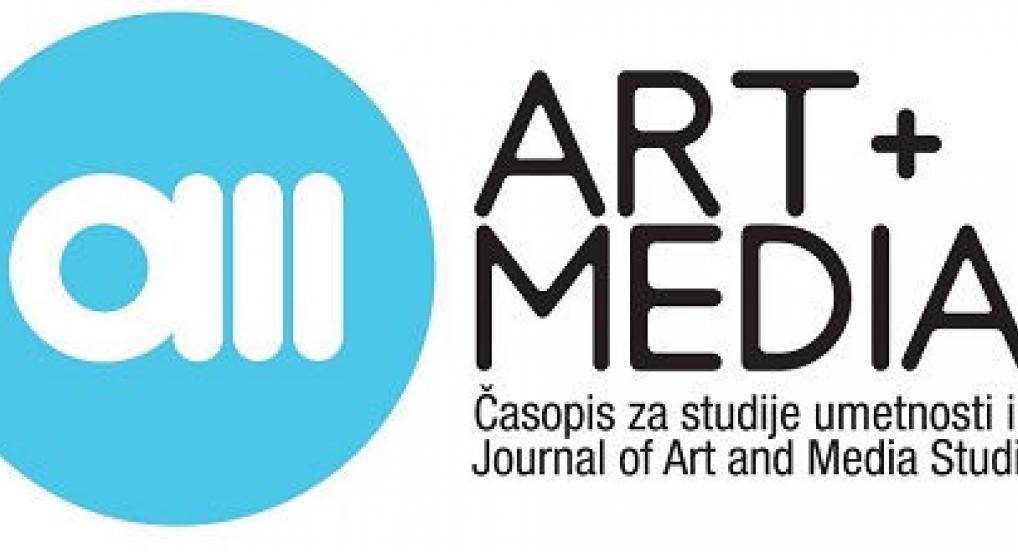The Editorial Board of AM Journal of Art and Media Studies is inviting all potential contributors to send their proposals for issue No.15/April 2018. AM Journal is structured in four sections: Main Topic, Beyond the Main Topic, Artist Portfolio, and Book Reviews. Only the first section, which is also the central one, is predefined by the main topic of the issue. The main topic of issue No.15/April 2018 is Experimental Film.
From the flicker and heartbeat of silver-based film, to a bit-map grid of pixel-size slots in a digital medium, experimental film tried to subvert conventions of the medium itself and explore its properties and materials. Since the major theorists have been film-makers themselves, with incompatible views about the purposes and formal possibilities of film, and due to the fact that the majority of film theoreticians did not focus on experimental film, it comes as a minor surprise that comparing to the mainstream film, its experimental relative remained and remains theoretically overlooked and critically underexposed.
Questions about the proper location of the experimental film – is it cinema or art gallery? – or those concerning the advantages and disadvantages of its marginalized position, the existence of a proper genre, the ideological and political implication, and so on, helped to shed some light on it, nevertheless, did not result in an all-embracing interpretation, let alone an all-encompassing theory. Definitions of experimental film have always been controversial, and even more so, when they attempted to include its avant-garde or underground traits. Several interpretations follow the oppositional distinctions: non-commercial vs. commercial; non-narrative vs. narrative; formalist vs. political; abstract vs. representational; exclusion of language vs. use of language; film-as-art vs. entertainment industry, sometimes even anti-Hollywood vs. Hollywood; and so on. Such distinctions have been challenged by film-makers, who used went beyond seemingly simple dualistic interpretations in order to explore cinematic innovations and created their own idiosyncratic histories. Among them were, for instance, Vertov, Kuleshov, Dovzhenko, Epstein, Delluc, Léger, Clair, Deren, Brakhage, Markopoulos, Kubelka, Frampton, Gidal, Mulvey, but also Eisenstein, Dreyer, Bresson and Godard, but also others. Their common denominator, if there is one, is that they actually question the very possibility of a definition or a general theory.
The focus issue of the AM Journal sets to examine the evasive arena of experimental film, its history and theory, its authors and their works. With the advent of video, experimental video and video installation on the one hand, and the digital revolution that notably changed its production and reception, on the other, experimental film found itself in a situation, which differs significantly from one at beginning of twentieth century and demands a closer examination. Contributions covering experimental film from different disciplinary fields are welcome and interdisciplinary approaches are encouraged.
Please see Author Guidelines and submit your proposal to: [email protected]
Deadline for abstracts (Main Topic and Beyond the Main Topic): October 31, 2017.
Deadline for finalized contributions (Main Topic and Beyond the Main Topic): December 31, 2017.
Deadline for section Artist Portfolio: October 31, 2017.
Deadline for section Book Reviews: October 31, 2017.
You will be notified by 15 November, 2017 if your proposal has been accepted.

Añadir nuevo comentario